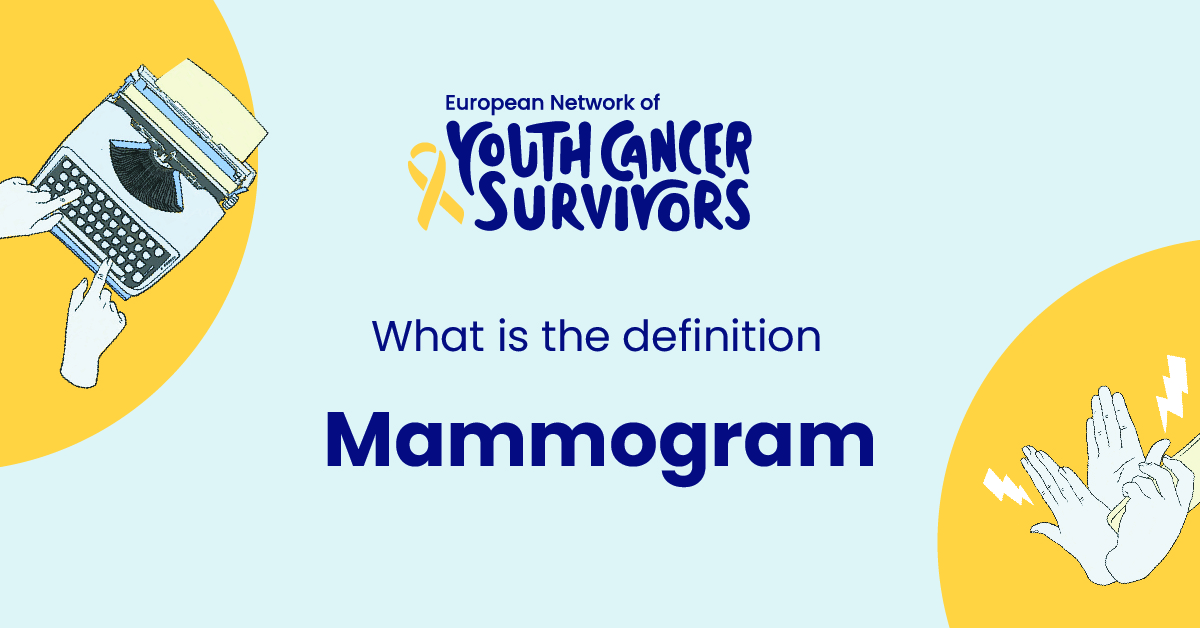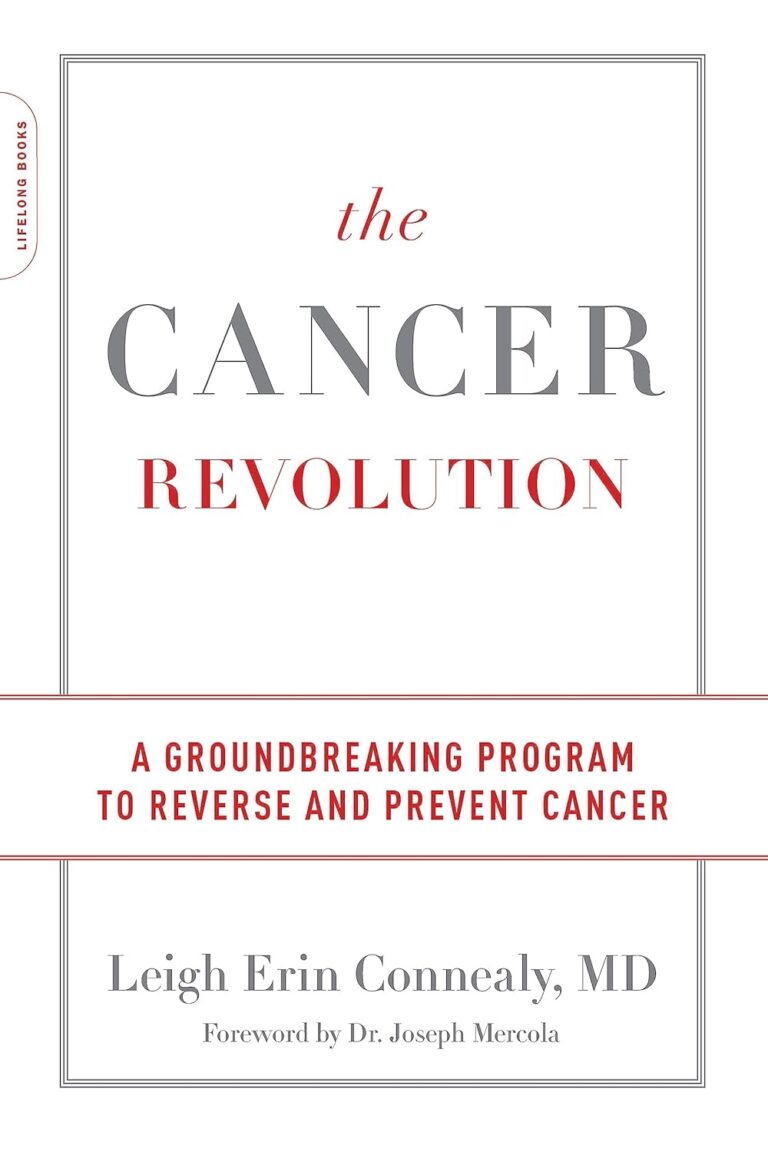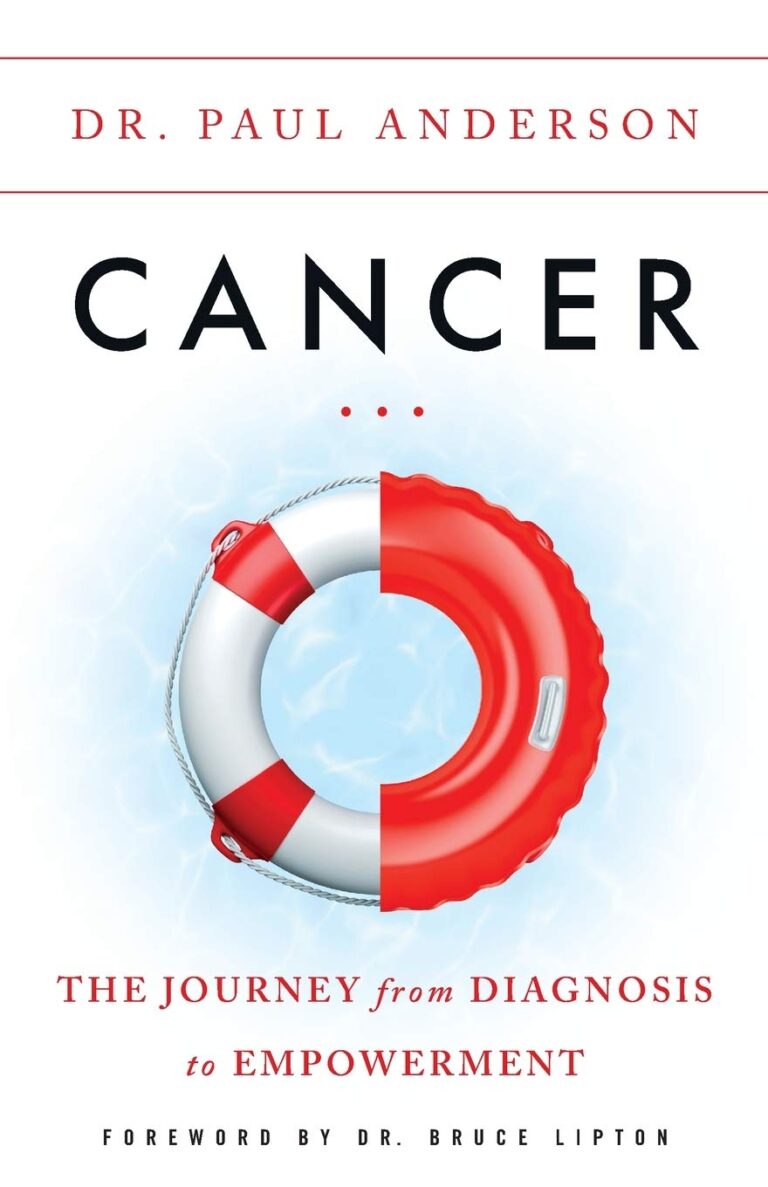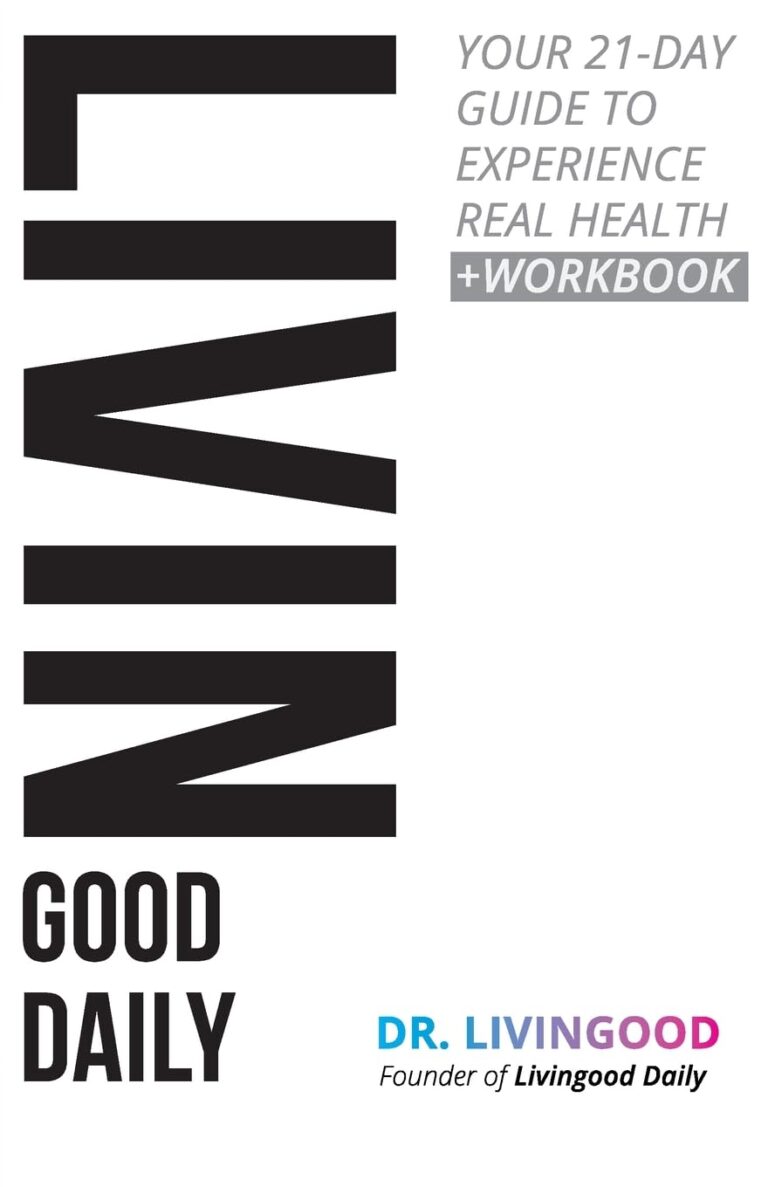
Healthcare has come a long way and the discovery of medical imaging has been its emperor. It not only helps to visualize the internal structures of our bodies but also aids in detecting anomalies, should there be any. It’s difficult to imagine a world where X-rays, Ultrasonography, Computed Tomography (CT) scans, and more wouldn’t exist. Among them, one indispensable imaging technique that revolutionized the fight against breast cancer is the mammogram. It could be daunting for those not familiar with the procedure, but this comprehensive guide will provide a better understanding of what mammography entails. From defining medical imaging to understanding mammograms, its procedure, results interpretation, benefits, and risks will be discussed herein.
Understanding Medical Imaging
Definition and Importance of Medical Imaging
Medical imaging denotes various techniques used to create images of internal body structures for clinical purposes. Enabling doctors to diagnose, monitor, and treat medical conditions in a non-invasive manner, it’s an innovation that revolutionized medical science.
Different Types of Medical Imaging
Medical imaging incorporates many modalities catering to specific needs. Among them include X-rays, Ultrasounds, CT scans, Magnetic Resonance Imaging (MRI), Positron Emission Tomography (PET) scans, and mammograms, each providing a unique glimpse into the human body.
In-depth Look at Mammogram
Definition and Purpose of a Mammogram
A mammogram is a specific type of X-ray imaging used for taking detailed images of breast tissues. Its primary purpose is to detect early signs of breast cancer, often before physical symptoms manifest, thus boosting the chances of effective treatment.
How a Mammogram Works
Mammograms use low-dose ionizing radiation to generate images of breast tissues. The machine compresses the breast for optimal imaging, creating a detailed view, including the areas near the chest wall and armpit.
Procedure and Preparation for Mammography
Essence of Initial Consultation
The initial consultation serves as a backdrop to clarify the procedure, address concerns, and check medical history. It assists physicians in understanding any symptoms, previous breast surgeries, hormone use, and potential risk factors for breast cancer.
How to Prepare for a Mammogram
Preparing for a mammogram mainly involves avoiding deodorants, perfumes, or powders, as they could appear as calcifications on the images. Wearing loose clothing and scheduling the exam post menstrual cycle, when breasts are less tender can make the process more comfortable.
Step-by-step Through The Mammogram Procedure
The procedure typically involves standing in front of a mammography machine, with the breast placed on a flat surface. The technician then lowers a separate flat panel, compressing the breast for few seconds to capture the images. The process then repeats for the other breast.
Reading Mammogram Results
Understanding the Spectrum of Results
Reports following a mammogram examination span across a spectrum – from normal to benign findings, probably benign, suspicious abnormalities, highly suggestive of malignancy, and biopsy-proven malignancies.
What It Means When Results Are Inconclusive
Inconclusive results indicate a need for additional imaging or biopsy. It doesn’t always imply cancer. It could be due to dense breast tissue, overlapping tissues, or presence of a cyst or fibroadenoma.
Get to know us better
If you are reading this, you are in the right place – we do not care who you are and what you do, press the button and follow discussions live

Benefits and Risks of Mammography
Importance of Regular Mammograms in Early Cancer Detection
Regular mammograms are crucial in early detection of breast cancer. They can detect lumps or microcalcifications (tiny deposits of calcium) that could be indicators of cancer or precancerous cells.
Controversies and Risks Associated with Mammography
While mammograms immensely contribute to early breast cancer detection, debates surrounding radiation exposure, the discomfort of breast compression, and false positives or negatives, keeps the procedure under scrutiny.
Conclusion
Recap of the Importance and Procedure of Mammograms
In a nutshell, the mammogram is a powerful tool aiding in the early detection of breast cancer. It involves compressing the breast and using low-dose X-rays to create detailed images of the breast tissue. Despite occasional false results and the minor discomfort during procedure, its benefits far outweigh the drawbacks.
Advice for Women Considering Mammograms
For women considering mammograms, it’s crucial to speak up about any symptoms or risk factors. Remember, early detection often translates into successful treatment and a good prognosis.
FAQs:
- How often should I get a mammogram and at what age should I start?
Women aged 40-45 can start annual mammograms based on personal choice and doctors’ advice. Post 55, mammograms can be done every 2 years. However, women with a higher risk may need to start earlier and have more frequent tests.
- Is a mammogram painful?
Some women experience temporary discomfort, but it usually isn’t painful. If you’re concerned, scheduling the test postmenstrual cycle can help, as breasts are less likely to be tender or swollen.
- Are there alternatives to getting a mammogram for breast cancer screening?
Other screening options include MRI and ultrasound. However, they’re mostly used in addition to, not as a replacement for mammograms.
- Can men undergo a mammogram?
Yes. Although rare, men can develop breast cancer, too. If a man has symptoms such as lumps or nipple discharge, he may undergo a mammogram.
- What happens if my mammogram results come back as ‘abnormal’?
Abnormal findings necessitate further imaging tests or a biopsy to determine the cause. It doesn’t necessarily mean you have cancer, as anomalies can arise from benign conditions, too.

















Comments
Thank you. Comment sent for approval.
Something is wrong, try again later